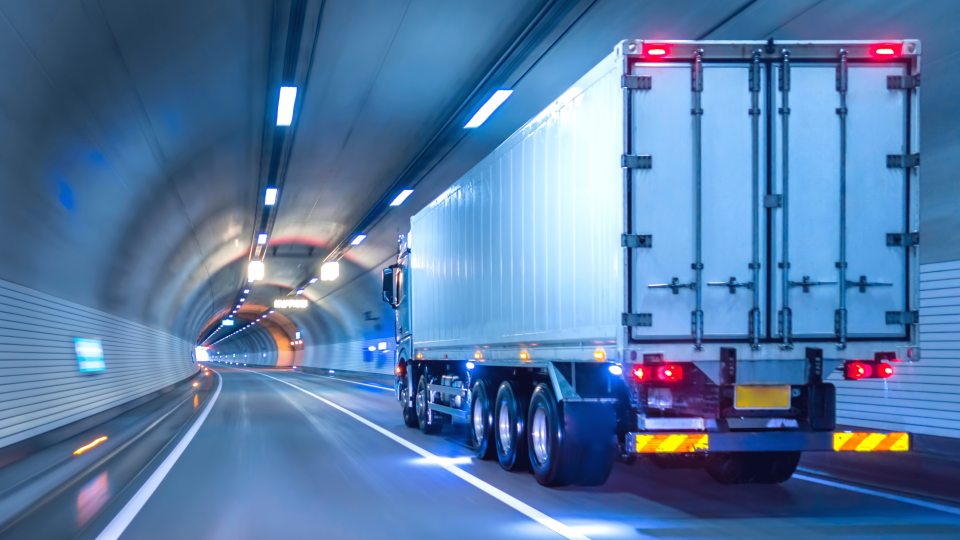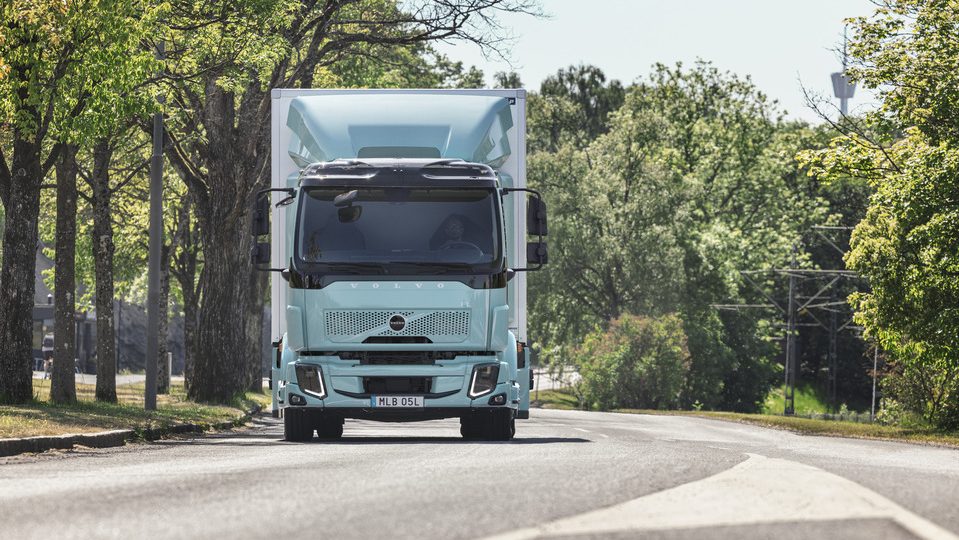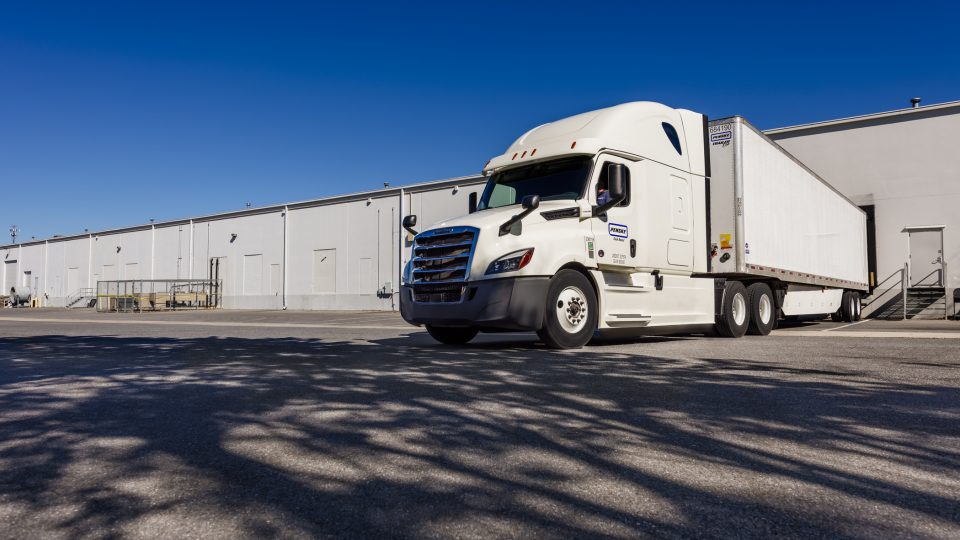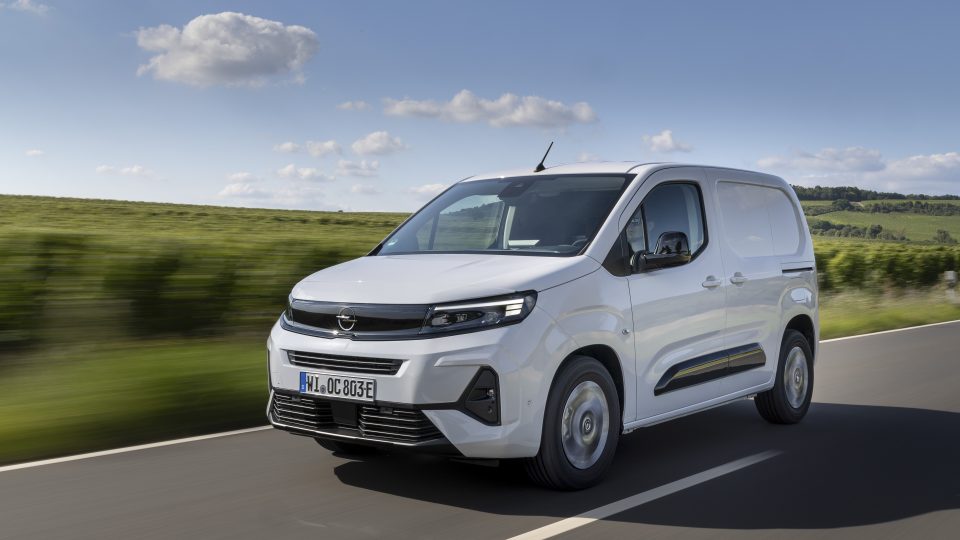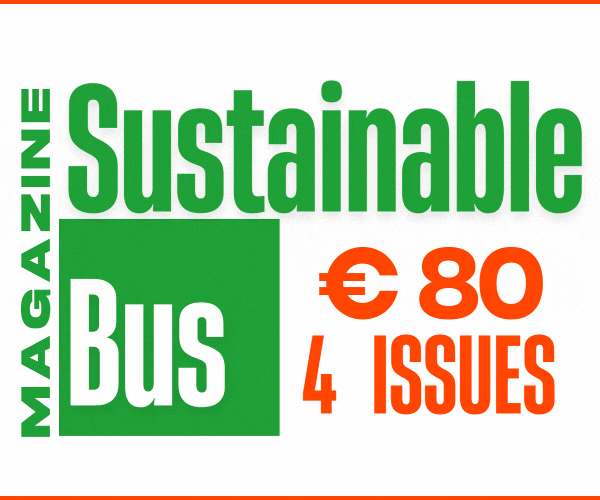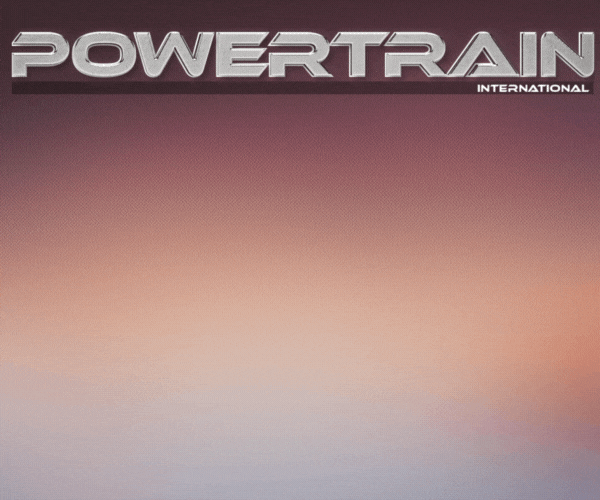New truck emissions, some significant reactions to the newly-released EU Commission proposal
The EU Commission has just released its official proposal about new truck emissions regulations in the European Union, setting three different steps: 2030, 2035 and 2040, with growing percentage of zero-emission trucks on the road compared to 2019. Here are the very first reactions coming from ACEA, IRU, Hydrogen Europe.
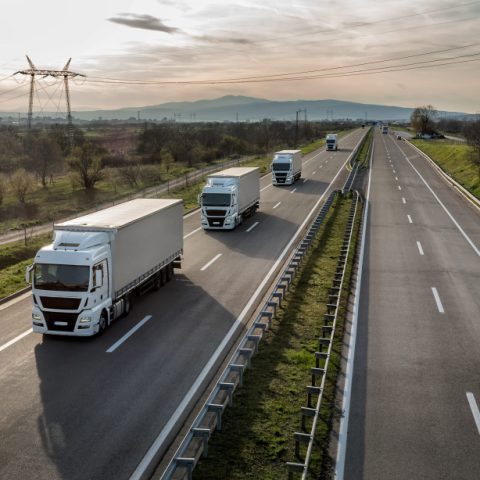
The EU Commission has just released its official proposal about new truck emissions regulations in the European Union. The Commission set three different steps: 2030, 2035 and 2040, with growing percentage of zero-emission trucks on the road compared to 2019. Here’s our post with all the details.
New truck emissions standards, ACEA speaking
Of course, some major associations and organization on an European, or rather global scale issued their reactions. First of all, ACEA “calls for increased CO2 targets to be matched with vastly improved infrastructure roll-out, as well as a strengthened incentive and carbon pricing framework“.
According to ACEA, CO2 reduction of 45% by 2030 means that more than 400,000 zero-emission trucks would have to be on the road, and at least 100,000 new zero-emissions trucks registered annually. This would require over 50,000 publicly-accessible chargers suitable for trucks to be in operation within just seven years, of which some 35,000 should be high-performance chargers (megawatt charging system). It would additionally require some 700 hydrogen refilling stations.

“Reaching -45% already by 2030 is highly ambitious. It would require equally ambitious action by policymakers to ensure that the other players in the transport and logistics value chain deliver at the same time”, stated Martin Lundstedt, ACEA’s Commercial Vehicle Board Chairman and CEO of Volvo Group.
IRU: “Concerns about vehicle technology restrictions”
IRU, the International Road Transport Union, “has welcomed many aspects of the European Commission’s proposed rules on CO2 standards for heavy-duty vehicles, however, open concerns about vehicle technology restrictions remain“. IRU EU Advocacy Director Raluca Marian said: “Commercial heavy-duty transport is a different story to cars. While our sector is fully committed to decarbonise, in this new chapter all options to achieve carbon neutrality should remain open. The EU cannot afford experiments here.”
Potrebbe interessarti
A coalition of European associations pushes EU Commission to ban ICE trucks by 2035 at the latest
According to the IRU, the Commission’s proposal for a 90% target is a better starting point for legislators’ discussions compared to a 100% target. However, legislators must ensure that the final approach will give carbon-neutral fuels a real chance to remain on the market.
Timmermans and Hydrogen Europe on e-fuels and hydrogen potential
However, the climate chief within the EU Commission, Frans Timmermans, was quite strict about e-fuels for the future of transportation. “We should be careful to make sure that e-fuels are used where they are really needed, which is mainly in aviation”, he said, as reported by Euractiv. “I think hydrogen will be the fuel used in heavy transport, both in terms of fuel cell, and in terms of internal combustion engines”.
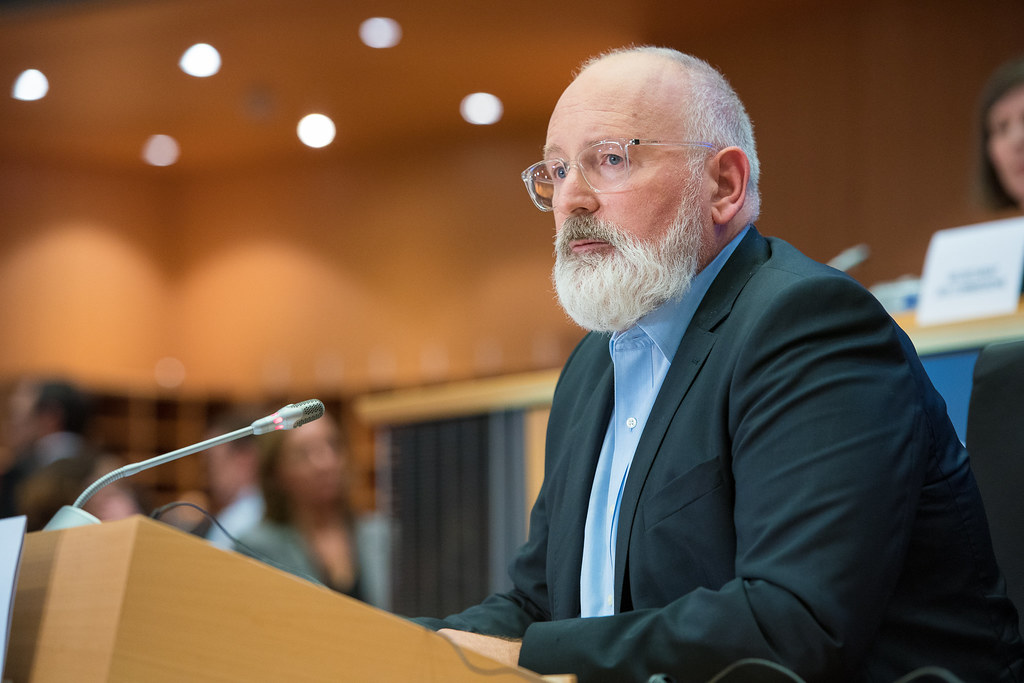
Talking about hydrogen, the primary organization Hydrogen Europe welcomed the latest EU Commission’s proposal, which allows “a wider range of hydrogen powertrain propulsion systems for use in the decarbonisation of the multi-faceted commercial transport sector”.
“The revised CO2 emissions standards for heavy-duty vehicles will be a major incentive for the scale-up of hydrogen-powered solutions in the European commercial road transport fleet. Hydrogen powertrains are very well-placed to meet operational requirements in a wide range of use cases”, stated Darko Levicar, Director of Mobility Policy at Hydrogen Europe.




